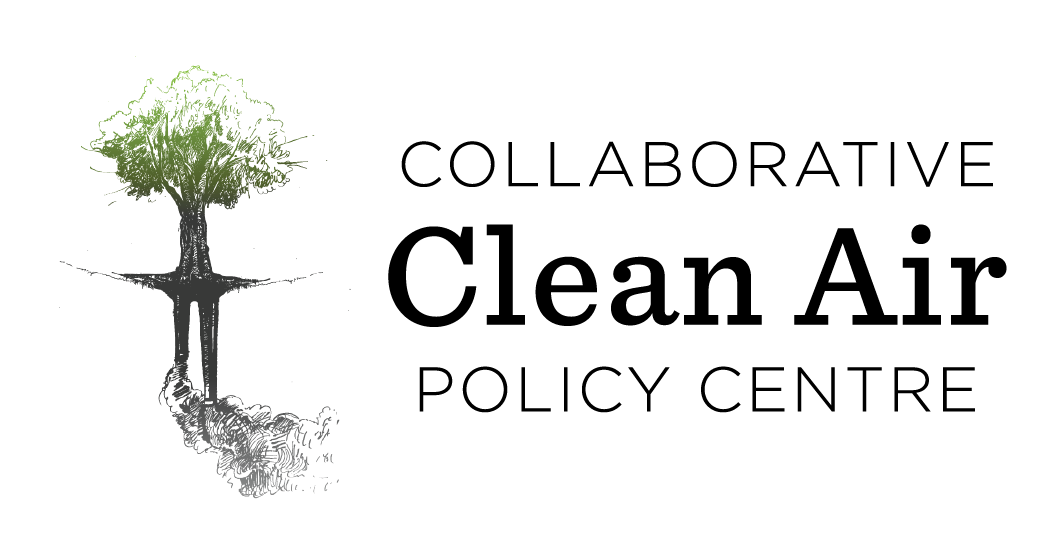(Ujjwala 2.0 series) Ujjwala 2.0 Needs to Also Include Non-Ujjwala Rural LPG Consumers
By Abhishek Kar, Shonali Pachauri, Rob Bailis and Hisham Zerriffi
This article is part of a series of commentaries submitted by prominent Indian researchers and their collaborators on how the next phase of the Pradhan Mantri Ujjwala Yojana could better sustain LPG usage among the poor. Click here to access a summary of the major recommendations, along with links to the rest of the series.
Much of the focus on Ujjwala has been on its success in bringing in new liquefied petroleum gas (LPG) consumers and its challenges in terms of translating their LPG adoption into LPG usage. However, this framing glosses over the fact that there are millions of general (non-Ujjwala) LPG users in rural India who have LPG connections but also require further incentives under Ujjwala 2.0 to increase their usage. This is based on our recently published research in the Nature Energy journal titled “Using sales data to assess cooking gas adoption and the impact of India’s Ujjwala programme in rural Karnataka”.
We used LPG purchase records of 25,000 consumers going back up to five years to assess the use of LPG in rural Koppal (Karnataka). We found that 50% of general (i.e. non-Ujjwala) LPG users purchased four or less (14.2 kg) LPG cylinders in the first year of ownership. Moreover, counter-intuitively, we find that experience (familiarity with LPG) does not lead to any consistent increase in LPG use. Roughly 30% of general users actually reduce LPG consumption in their second year. This suggests that about half of LPG users that paid the full amount (~ Rs.5,000) for an LPG connection (unlike PMUY beneficiaries) only use LPG as a secondary cooking fuel. So, while there is a growing consensus to focus on increasing use by PMUY beneficiaries in Ujjwala 2.0, these general LPG consumers in rural India, who also rely heavily on solid fuels like wood, crop residues and dung, should not be forgotten.
This poses a challenge to implementers. How should greater LPG use be promoted and incentivized for two very different target audiences living side-by-side in rural India. One, the socio-economically marginalized PMUY beneficiaries who did not invest to get the LPG connection, with ~20% never returning for a refill. Two, the comparatively better-off and/or more motivated general LPG consumers who paid the steep LPG connection cost upfront (equivalent to three times an average rural family’s monthly per capita expenditures). It is admittedly a tough question to answer but there are policy options that could target each group effectively.
The government and oil marketing companies (OMCs) have been mindful and responsive to the critique of low PMUY refills and already took two major corrective actions. First, they launched small size (5 kg) cylinders to ameliorate the challenge of high one-time cost of refills. Second, they conducted thousands of LPG Panchayats to increase awareness about the benefits of switching from solid fuels to LPG. The 5kg cylinders need not be limited to PMUY consumers and the Panchayats reached all in the village.
We suggest three additional initiatives. First, introduction of seasonal vouchers to increase sales in the summer (sales in Koppal dropped ~10% relative to the monsoon period). In areas of rain-fed agriculture, summer means less cash-in-hand and more available crop residue right after the harvest. The voucher’s value and any differentiation between PMUY and general rural consumers would need pilot-testing in order to arrive an efficient and equitable level.
Second, there needs to be targeted promotion of LPG based on consumer profiles. The OMCs have a wealth of data on consumers (PMUY vs. general, single vs. double-cylinder connection, and connection date). Most importantly, they have their LPG purchase history. This dataset should be leveraged beyond mere record keeping and accounting purposes; for example, OMCs could send out auto-generated customized audio/text messages based on consumers’ profiles and their last date of purchase. After all, the message to a PMUY customer who received her connection in 2018 but has not refilled a single cylinder should be quite different from a general customer with an LPG connection since 2016 using 4 cylinders per year. A multitude of different behavior change communications linked to the available consumer/purchase records should be field tested (including, though not limited to, randomized control trials) to arrive at the most effective content in terms of encouraging use.
Third, location-responsive micro-sales outlets should be considered. The location of consumers at the village/ hamlet level is already known to the OMCs. Geo-spatial analyses can flag consumer clusters where transportation to the local dealer is difficult while traditional home-delivery is also not cost-effective for distributors. One option for the government is to train and permit local and active self-help women groups to keep a small stock of cylinders for easy access. Replenishing this stock periodically would be more economically feasible for the distributor, while it would be a new income source for rural SHGs and make it convenient for the end-users to purchase.
Of course, some parts of the solution lie outside the Ujjwala program. Without wider education and employment opportunities for women, the opportunity cost of women's time will always remain low, making it difficult for freely available biomass to compete effectively with alternatives that require a monetary/ cash payment. This will be true for both PMUY and general customers.
(Kar is with Institute for Resources, Environment and Sustainability, University of British Columbia, Canada. Pachauri is with the International Institute for Applied Systems Analysis, Austria. Bailis is with Stockholm Environment Institute, United States Centre, USA. Zerriffi is with the Forest Resources Management, Faculty of Forestry, University of British Columbia, Canada. Kar, as corresponding author, can be emailed at abhishek.kar@alumni.ubc.ca.)
